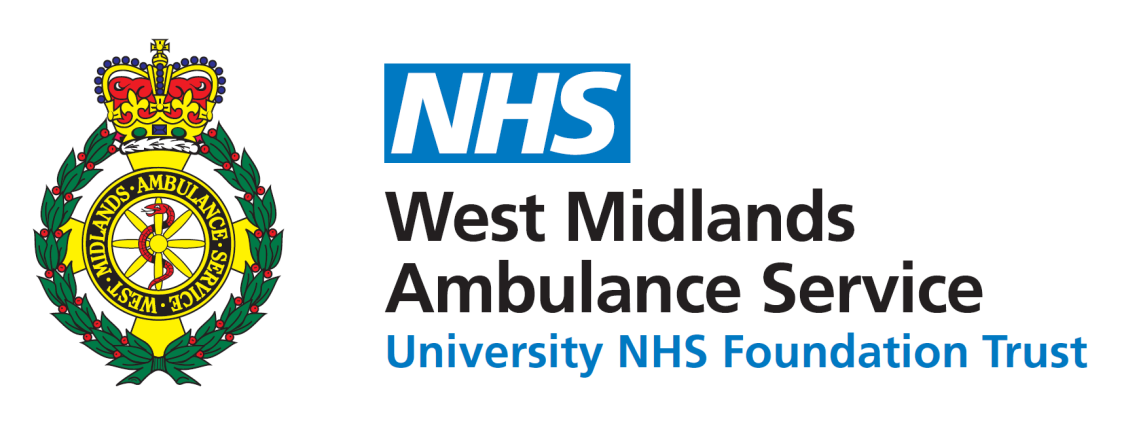Objectives
Existing UK prognostic models for patients admitted to the hospital with COVID-19 are limited by reliance on comorbidities, which are under-recorded in secondary care, and lack of imaging data among the candidate predictors. Our aims were to develop and externally validate novel prognostic models for adverse outcomes (death and intensive therapy unit (ITU) admission) in UK secondary care and externally validate the existing 4C score.
Design
Candidate predictors included demographic variables, symptoms, physiological measures, imaging and laboratory tests. Final models used logistic regression with stepwise selection.
Setting
Model development was performed in data from University Hospitals Birmingham (UHB). External validation was performed in the CovidCollab dataset.
Participants
Patients with COVID-19 admitted to UHB January–August 2020 were included.
Main outcome measures
Death and ITU admission within 28 days of admission.
Results
1040 patients with COVID-19 were included in the derivation cohort; 288 (28%) died and 183 (18%) were admitted to ITU within 28 days of admission. Area under the receiver operating characteristic curve (AUROC) for mortality was 0.791 (95% CI 0.761 to 0.822) in UHB and 0.767 (95% CI 0.754 to 0.780) in CovidCollab; AUROC for ITU admission was 0.906 (95% CI 0.883 to 0.929) in UHB and 0.811 (95% CI 0.795 to 0.828) in CovidCollab. Models showed good calibration. Addition of comorbidities to candidate predictors did not improve model performance. AUROC for the International Severe Acute Respiratory and Emerging Infection Consortium 4C score in the UHB dataset was 0.753 (95% CI 0.720 to 0.785).
Conclusions
The novel prognostic models showed good discrimination and calibration in derivation and external validation datasets, and performed at least as well as the existing 4C score using only routinely collected patient information. The models can be integrated into electronic medical records systems to calculate each individual patient’s probability of death or ITU admission at the time of hospital admission. Implementation of the models and clinical utility should be evaluated.




